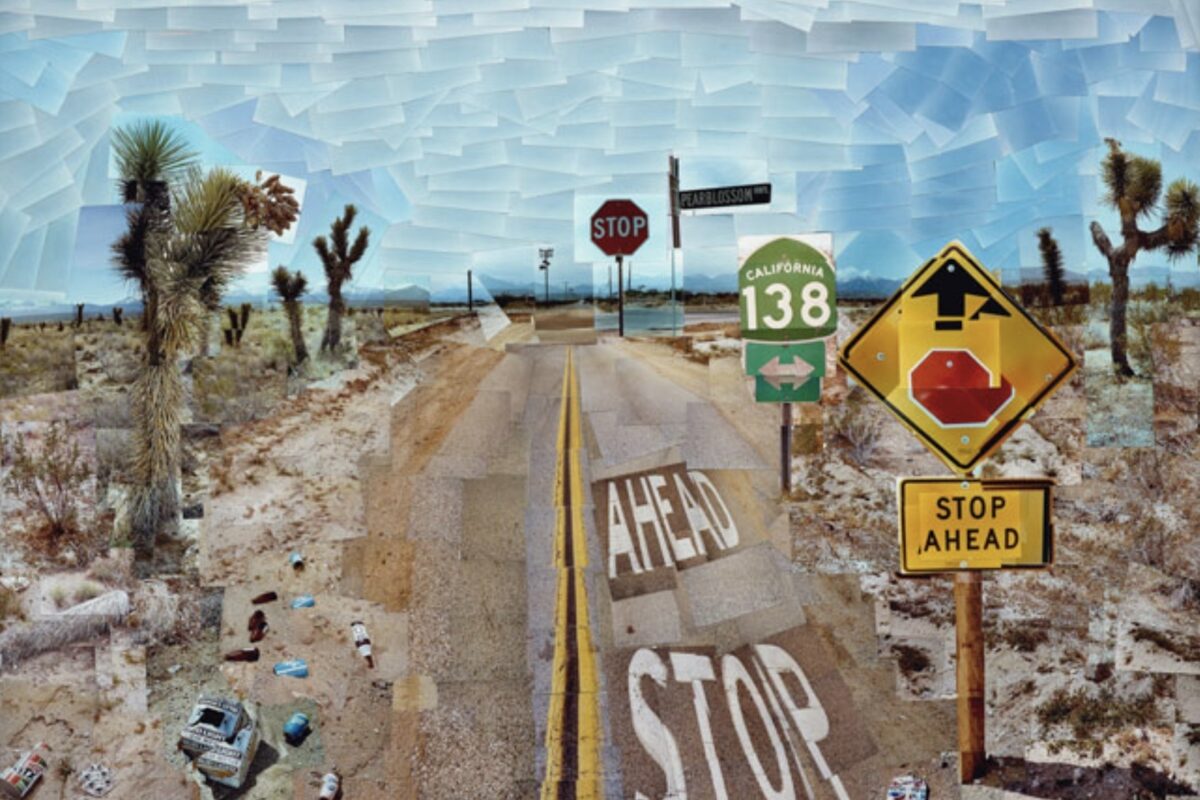YBAs today
In the 1990s, the world was in thrall to Cool Britannia. The music, the style, even the politicians were aspirational and exciting – and the art was on another level. This was the era of the YBAs (Young British Artists), a collection of students and the just-graduated who met in the late 1980s and began exhibiting in London, later catching the eye of impresario Charles Saatchi.
These artists’ reputations may have been cemented during his highly controversial 1997 exhibition Sensation at London’s Royal Academy but they were rebels long before that. Many were alumni of Goldsmiths, where the art faculty had conscientiously thrown out the rule book on traditional art teaching in favour of a liberal ‘anything goes’ attitude. (Other students weren’t so lucky: Gavin Turk, who studied at the more traditional Royal College of Art, was denied his MA after submitting a white room containing only a Blue Plaque dedicated to himself as work for his final degree show.)

“Freeze” opening party, showing (left to right), Ian Davenport, Damien Hirst, Angela Bulloch, Fiona Rae, Stephen Park, Anya Gallaccio, Sarah Lucas and Gary Hume.
It was his time at Goldsmiths that encouraged a young Damien Hirst to put on a group show called Freeze in an empty building in London’s Surrey Docks while he was still studying, demonstrating a knack for publicity and commercialism that continues to aid his career today. And it was there, legend has it, that Saatchi fell hard for the YBAs, igniting a passion that would put the group firmly on the map.
Gallerists and collectors
Two years later, he bought Hirst’s work A Thousand Years, a scene behind glass in which flies feast on a cow’s head below an electrocution device. Another art dealer was also making a name for himself: Jay Jopling opened his first White Cube in 1993, and would exhibit work by Hirst, Turk, Tracey Emin, Marc Quinn and others.
“I thought most of it was stale, shallow, puerile, flogging Marcel Duchamp’s dead horse,” Tony Parsons told The Late Show at the time. Gavin Turk, whose waxwork Pop (depicting the artist dressed as Sid Vicious posing as Elvis) was included, disguised himself as a tramp for the private view and told a journalist for the Art Newspaper that “it was somebody else’s party”.

Charles Saatchi (right) and Damien Hirst (left), 1992
© Alan Davidson, Shutterstock
It was Saatchi’s Sensation, however, that brought the artists to the attention of a wider public far removed from the usual gallery crowd. With a PG-rating throughout and one adults-only gallery, it was designed to shock, with famous exhibits including Tracey Emin’s tent (Everyone I Have Ever Slept With 1963-1995), Damien Hirst’s cut-up cow and shark, both in formaldehyde, and Marc Quinn’s self portrait made in his frozen blood (Self 1991). Most controversial of all, in the UK at least, was a giant mugshot of the serial killer Myra Hindley, remade in childrens’ hand prints by the artist Marcus Harvey. It sparked press debate, demonstrations and two eggings on the same day.
Both the original exhibition and its later rehang at the Brooklyn Museum came with disclaimers and the then-New York mayor Rudy Guiliani tried to get the show banned.
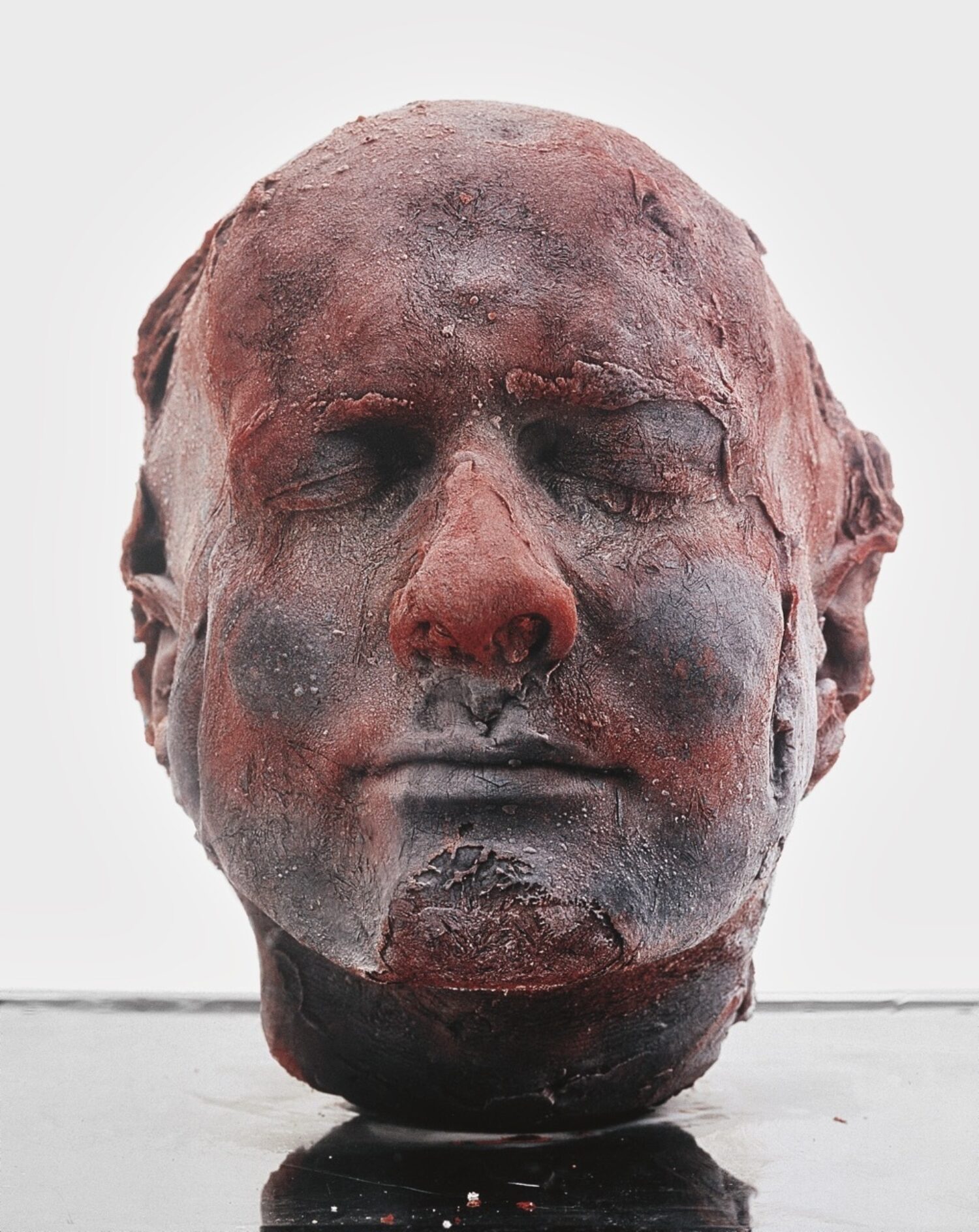
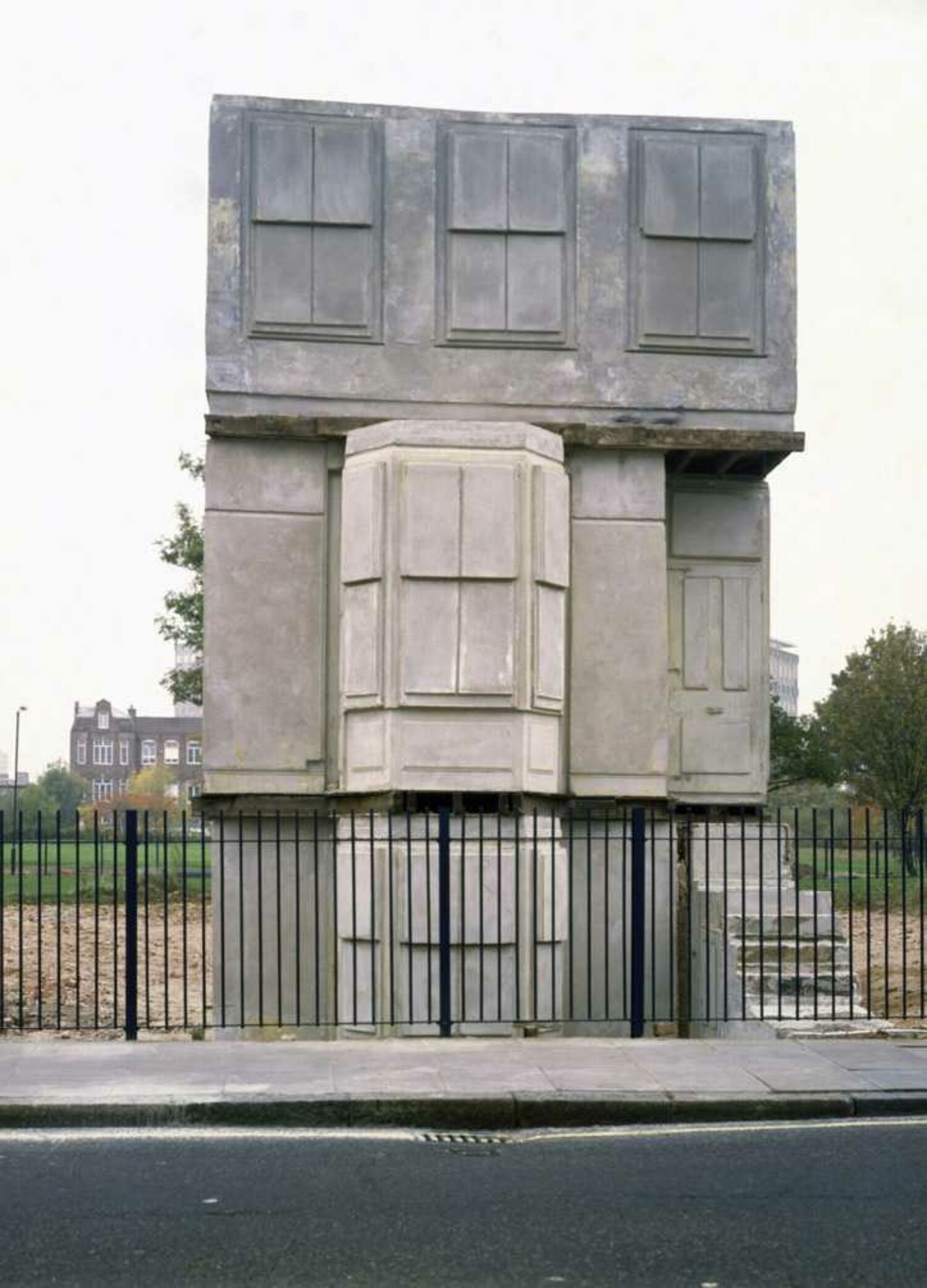
'Self', 1991 by Marc Quinn & 'House', 1993 by Rachel Whiteread
© Marc Quinn studio and © Sue Omerod.
Beyond the shock factor though, exciting new ways of working revealed themselves. Rachel Whiteread’s tactile installations and sculptures had already netted her the Turner Prize forHouse (a cast of a condemned building in east London). One of Sensation’s highlights was her haunting collection of multiple casts of the spaces under chairs in boiled-sweet colours (Untitled (One Hundred Spaces)). It was widely acknowledged that the show offered something new and exciting to the art world.
The Future is Brittish
The controversy came with much publicity and, suddenly, these artists were household names – as much a part of the scene as the Britpop bands. Tracey Emin hung out in an East End pub and punters flocked to see her. Hirst opened a west London restaurant, Pharmacy, that quickly became the place to be seen (and, when it closed, he reportedly made £11 million from the sale of the art on its walls).
But the YBAs weren’t just destined for 15 minutes of fame. Long after Cool Britannia had erupted into flames, Hirst and Emin remained some of the country’s most famous figures.
Emin went on to become Eranda Professor of Drawing at the Royal Academy and has latterly returned to her childhood home of Margate to open artists studios and a residency. Marc Quinn continues to exhibit worldwide, his projects sometimes stretching for decades: In 2020, his sculpture of the activist Jen Reid, which informally took the place of a toppled statue of the slave trader Edward Colson, made the news – attracting praise and criticism in equal measure.
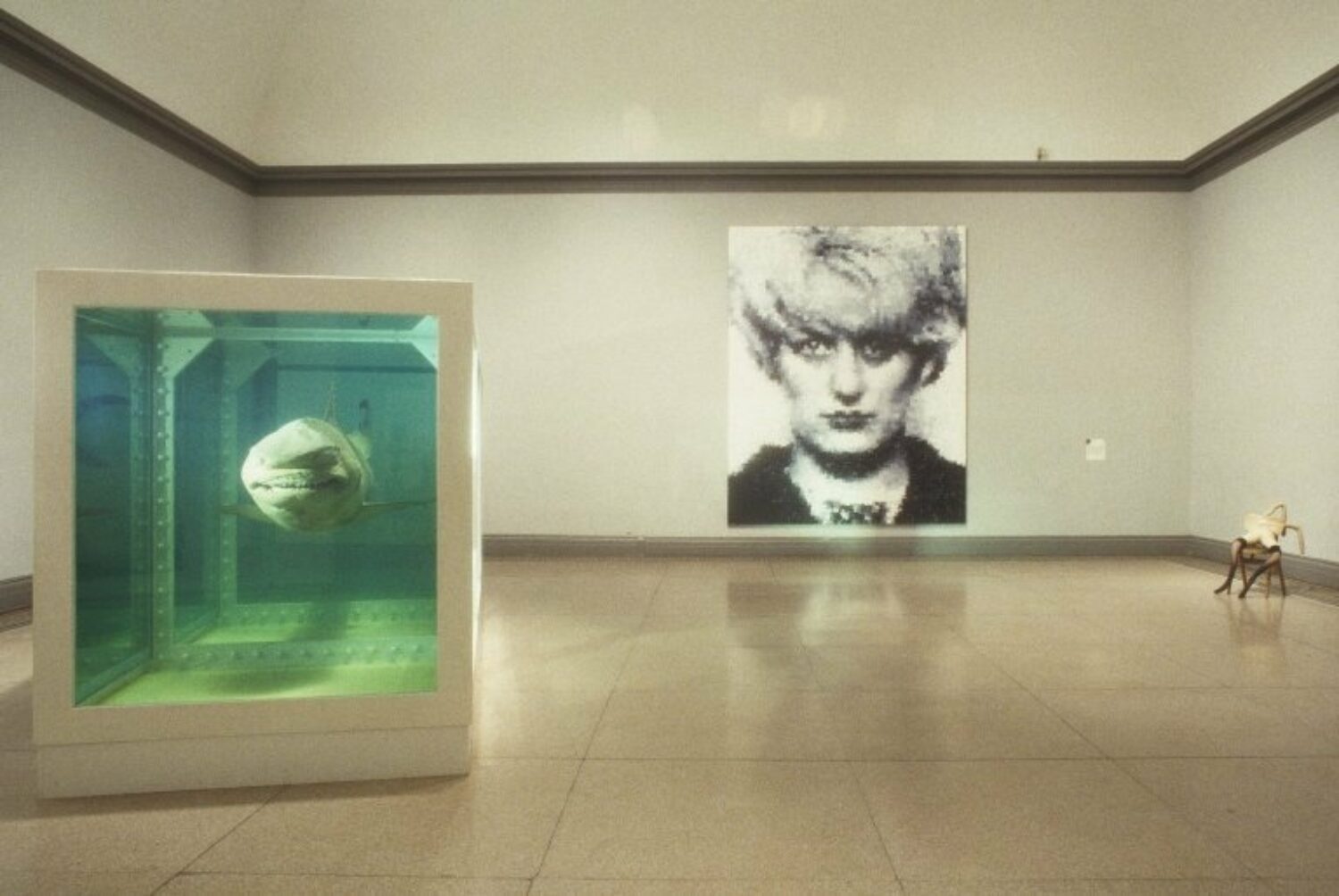
Works by Damien Hirst and Marcus Harvey featured at the 'Sensation' Exhibition at the Brooklyn Museum
Harvey, who for so long was mostly famous for his depiction of Hindley, began a career rebirth with a successful 2016 show at the Jerwood Gallery that focused on the unique gloom of being British in the 21st-century. Still controversial, still rebellious and still with a fantastic future ahead of them: they may not be young anymore, but their place in the British art firmament is firmly assured.
To talk to us about works by YBAs, please get in touch.
More editorials about Damien Hirst
Art Market
The Hang | Your monthly round up of Art Market based News
31 Jul 2025 | 4 min read
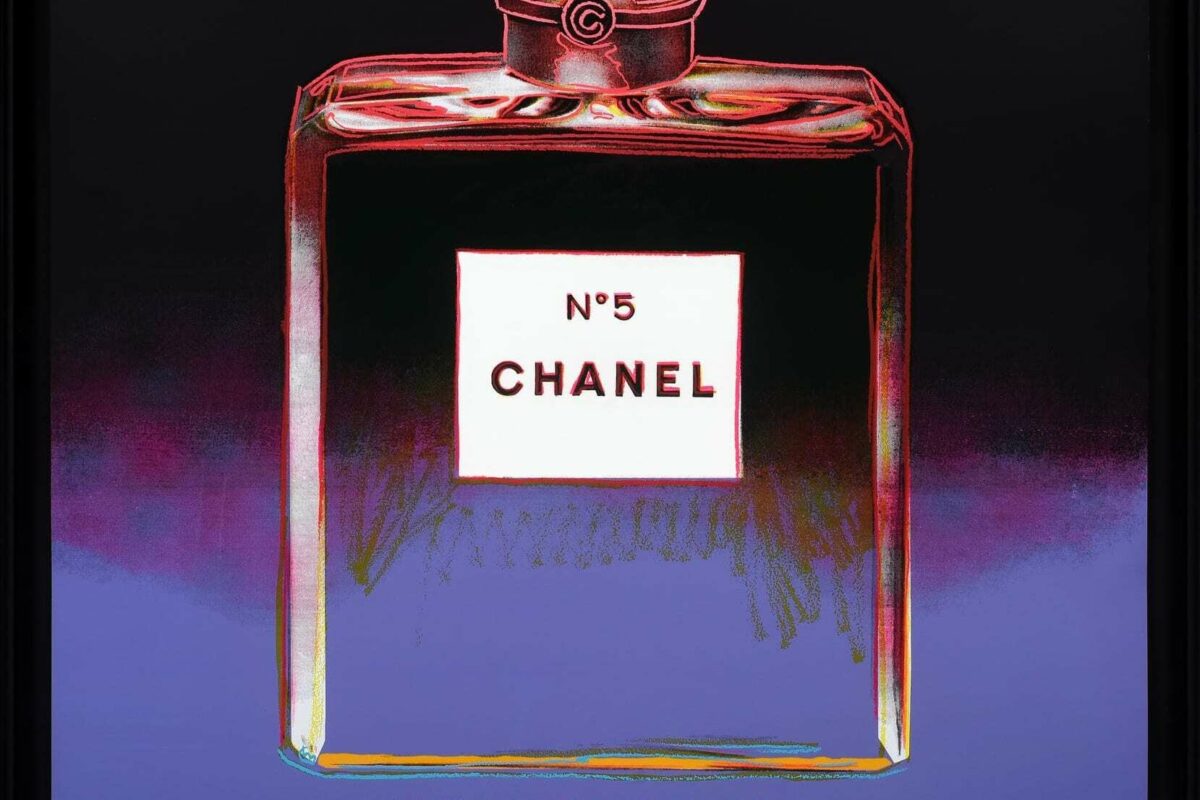
News
Art News: Damien Hirst | Posthumous Paintings
2 Jun 2025 | 1 min read

Art Market
Market Watch: Red-Chip Art
19 Mar 2025 | 2 min read

Art Market
Market Watch: Auction highlights | RESULTS Part 2
7 Mar 2025 | 2 min read

Artists
Artist Decoded: Damien Hirst
6 Mar 2025 | 4 min read

Art Market
Market Watch: Auction highlights | RESULTS
3 Mar 2025 | 2 min read

Art Market
Market Watch: Auction highlights | Part 2
1 Mar 2025 | 2 min read

Art Market
Market Watch: Auction highlights | Part 1
24 Feb 2025 | 2 min read

Artists
Bright, Young and British: YBAs today
12 Jun 2023 | 4 min read
More from Artists
Artists
The Diverse Techniques of Yayoi Kusama
21 Aug 2025 | 2 min read
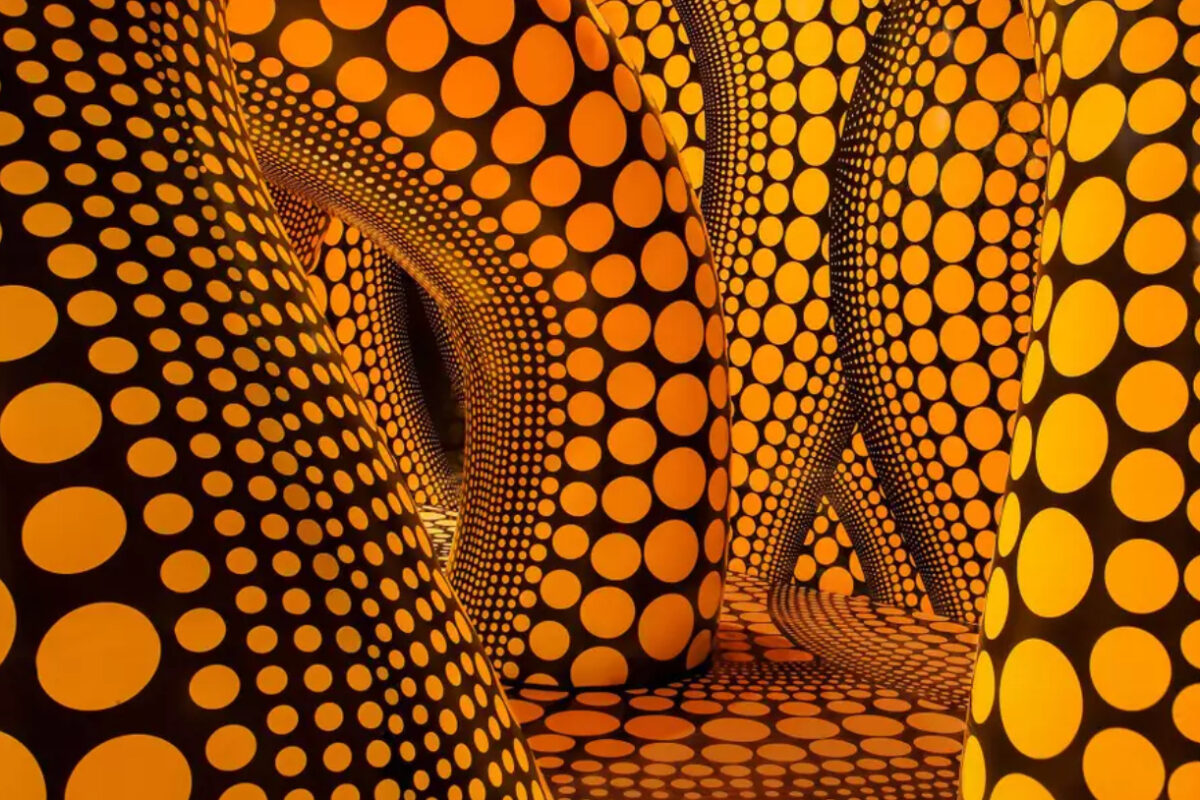
Artists
Haring Decoded: The Symbolism of His Iconic Dog
12 Aug 2025 | 2 min read
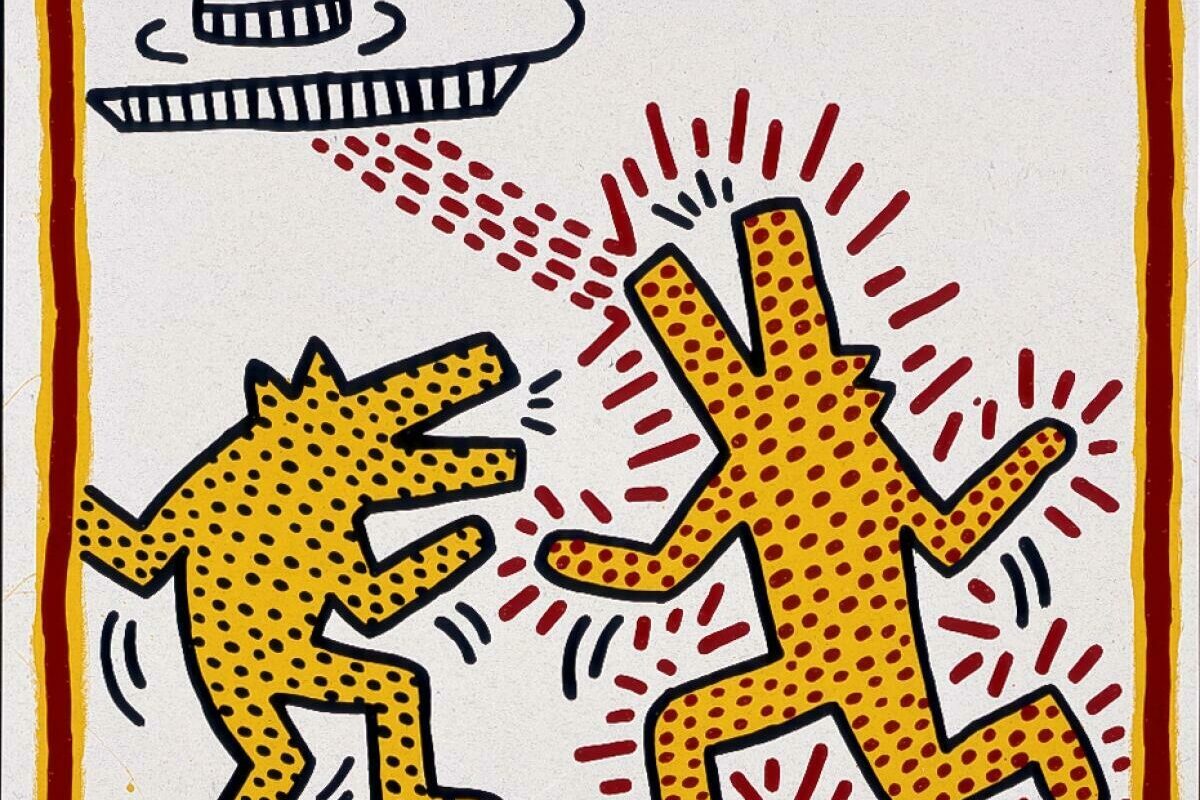
Artists
Happy Birthday Andy Warhol, The King of Pop Art
6 Aug 2025
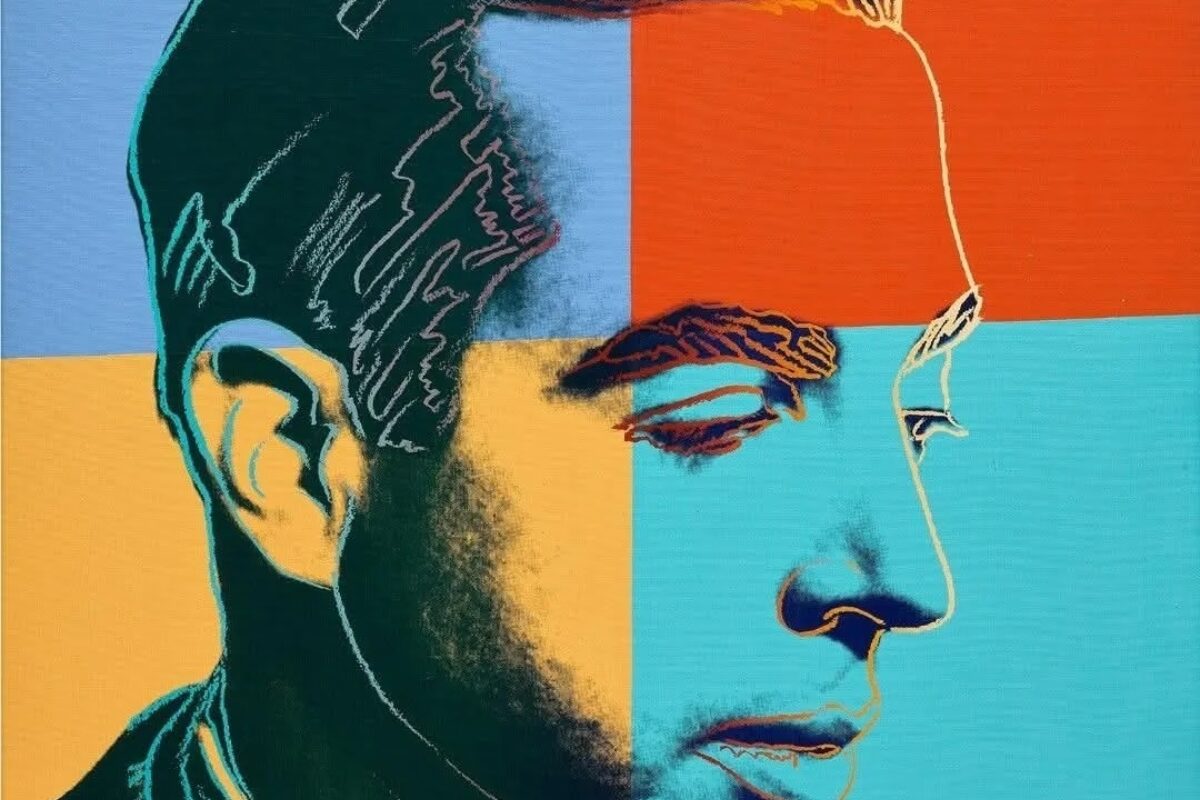
Artists
The Psychology of Kusama
14 Jul 2025 | 3 min read

Artists
From Rothko to Ruscha: Unpacking Harland Miller’s Influences
10 Jul 2025 | 3 min read
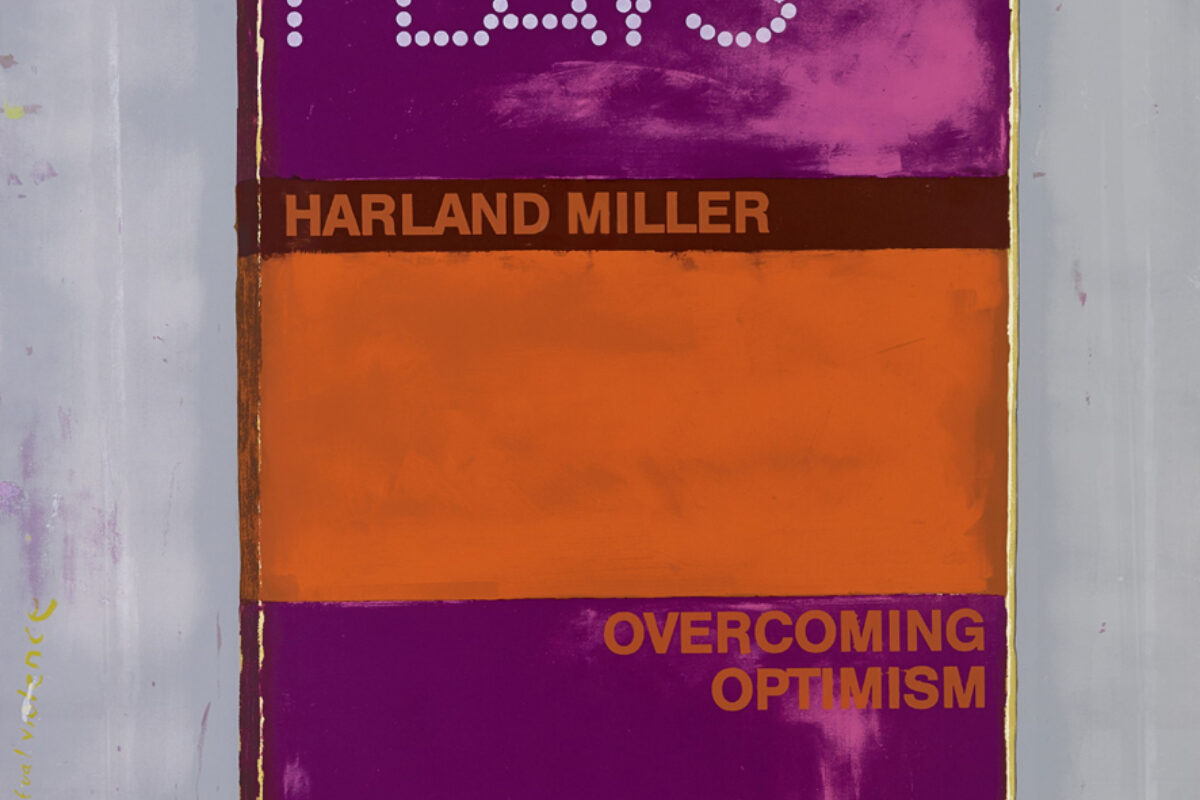
Artists
Decoded: David Shrigley
8 Jul 2025 | 2 min read

Artists
Is David Hockney the Most Important Living Artist?
2 Jul 2025

Artists
Top 10 Selling Warhol Sets
15 Jun 2025 | 2 min read

Artists
David Hockney | 5 Groundbreaking Moments
23 Apr 2025 | 3 min read
